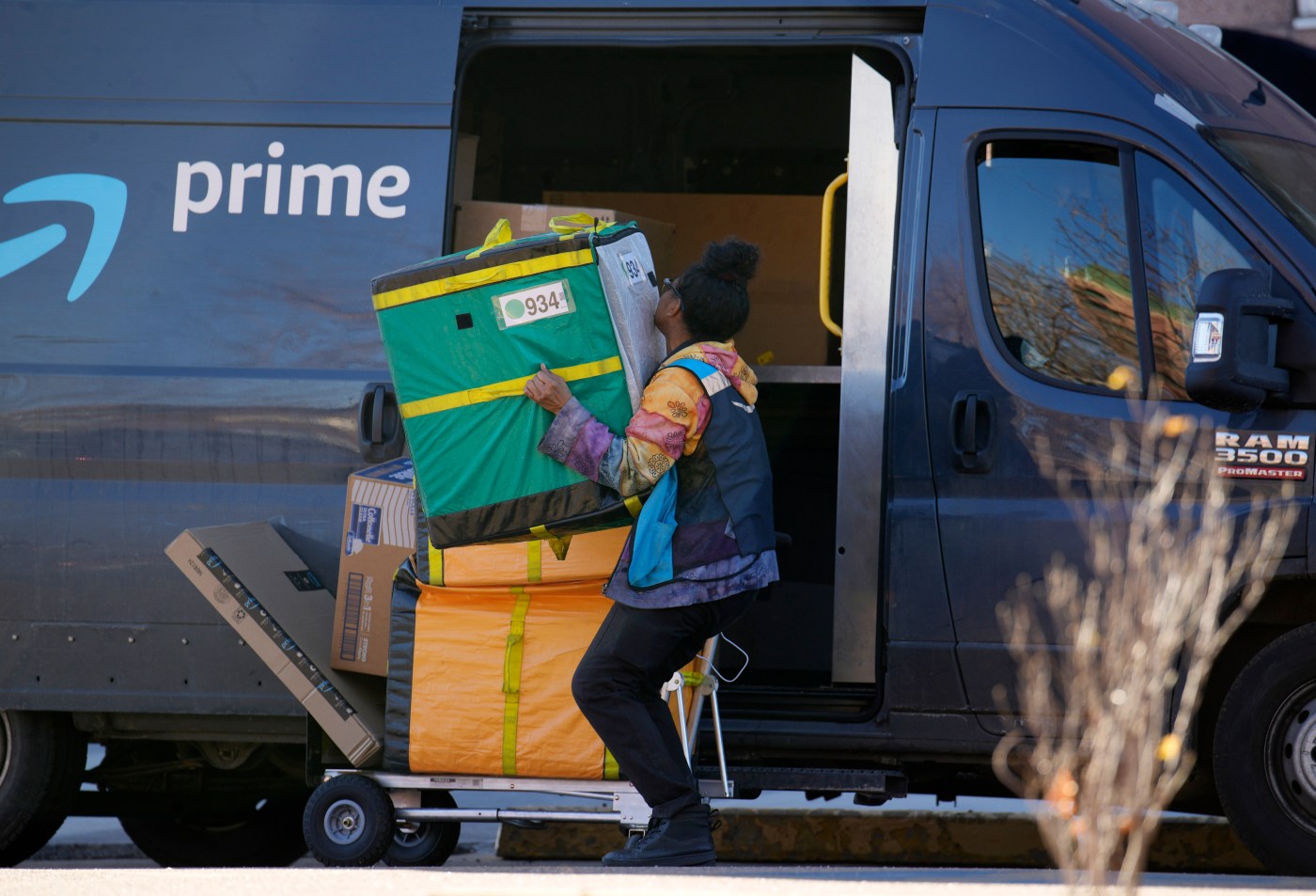
Retailers looking to boost delivery speeds
NEW YORK — Haven’t ordered any of your holiday gifts yet?
Well, you might find solace in discovering some of America’s biggest retailers are working to increase their shipping speeds to please shoppers expecting faster and faster deliveries.
Walmart, Target and Amazon are all-in on the shipping wars, a move retail experts say will help them maintain a competitive edge against low-cost retailers Shein and Temu, which were founded in China. For Walmart and Target, their investments are also aimed at narrowing the gap in delivery speed with Amazon, which has set the standard for fast shipping.
Amazon packages have been arriving at the doors of Prime customers even faster this year under the company’s new distribution model, which divides the country into eight regions and predominantly ships items from warehouses in those areas. The idea, according to Amazon, is to get shipments to travel shorter distances with fewer touchpoints, which helps the company not only speed up deliveries but also cuts down on costs.
Previously, the Seattle-based e-commerce giant used to fulfill orders from warehouses across the country. In July, it said 76% of customer orders were being fulfilled within their region, up from 62% before the change.
“We remain on pace to deliver the fastest delivery speeds for Prime customers in our 29-year history,” Amazon CEO Andy Jassy said in October during an earnings call with analysts.
To catch up, Walmart and Target have been pouring money into warehouse upgrades, new facilities or other efforts that they say will also help trim costs.
Walmart uses more than 4,000 of its stores across the country as fulfillment centers and delivery hubs for online orders. In November, the company said it would be adding 40 so-called parcel stations to stores in nine states by the end of the year in an effort to process more goods and get them faster to customers.
Meanwhile, Target is aiming to increase its shipping speed by augmenting its own warehouses, called sortation centers, with a $100 million investment announced earlier this year.
“These facilities have transformed how we move inventory with speed and precision to guests’ doorsteps,” Target’s executive vice president and chief operations officer John Mulligan told analysts earlier this year.


